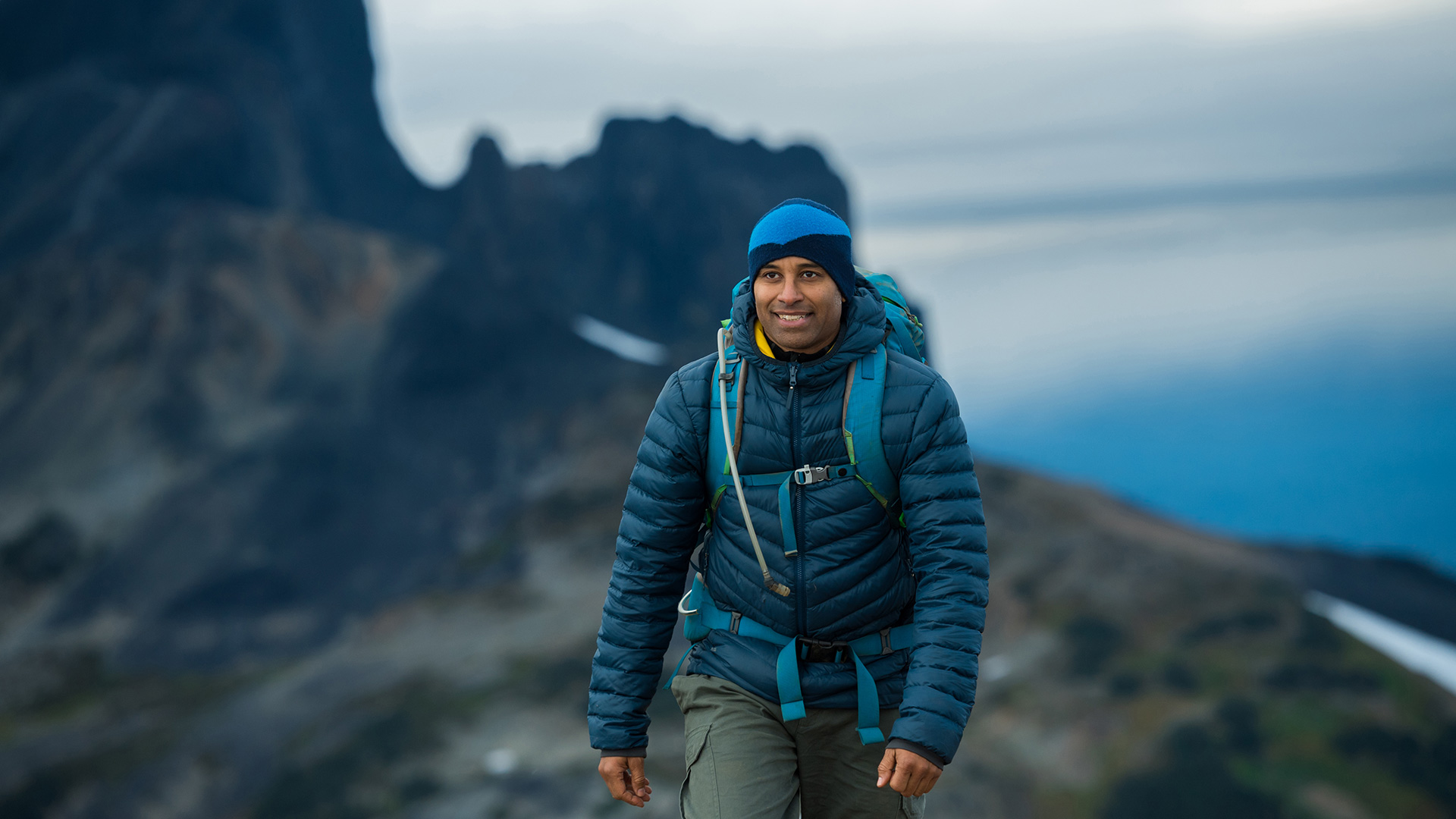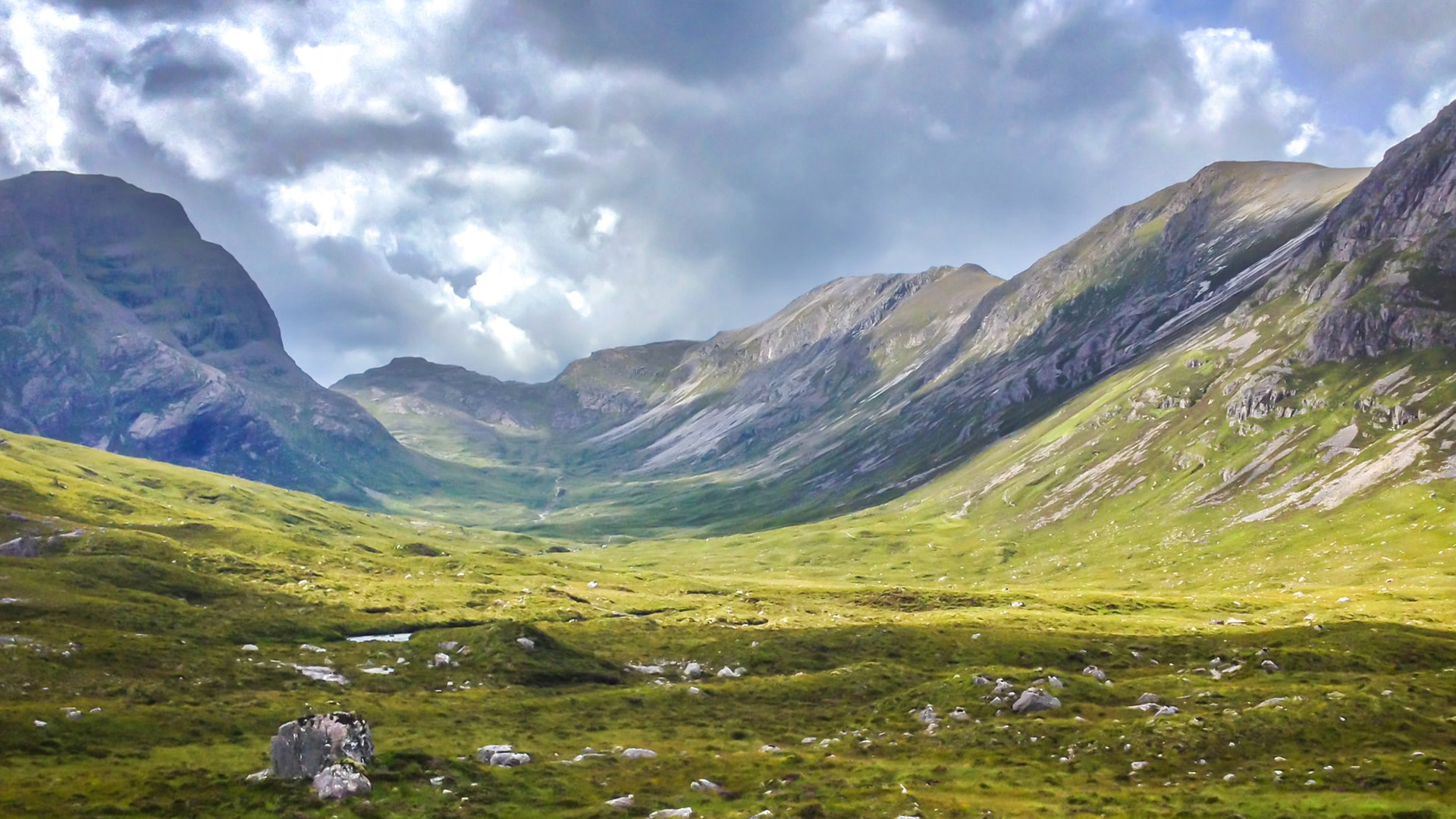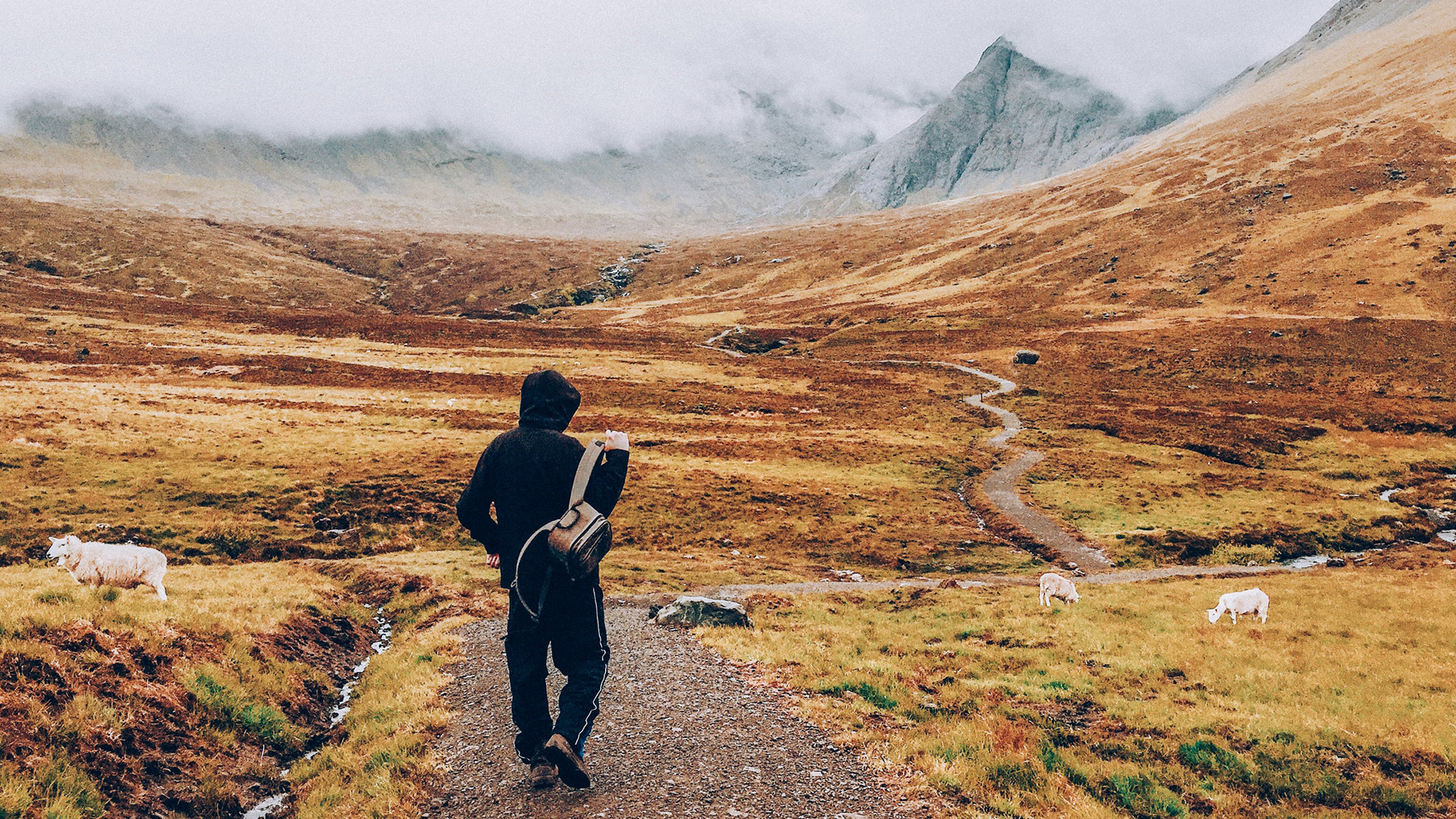

Have you got cabin fever? It's finally time to get outdoors and explore, but in places where social distancing comes with the territory; the wilderness. After months cooped-out indoors, you're probably desperate to be in a busy, bustling city, but that's best left on your bucket list for a while. It seems like 2020 and 2021 are going to be all about finding ways to travel while limiting the risk of infection. That means heading to places where others are not.
Maybe you're planning to take a staycation and holiday in the UK, or as travel restrictions ease, perhaps you're looking further afield for somewhere more exotic to explore alone. After all, the world is full of wilderness regions that you can and should explore on your own.
- Browse our pick of the best tents around...
- ... and the best backpacking tent
- Hit the trail in a pair of the best hiking boots
- Grab a pair of the best binoculars for nature-spotting
In many ways, there's never been a better time to see the world at its wildest, though you will always need to get the latest from the Foreign Office on where Brits can safely and legally visit.
Whether it's in the UK or abroad, self-sufficient ‘social bubble travel' could boom in the post-pandemic era, with trips in motorhomes, campervans and RVs perfect for staying away from others. For some, it will be all about camping. Either way, the added bonus of a trip to explore wilderness is an immersion in nature and a sense of calm. So here's how and where to take a self-contained wilderness trip.
How to take a self-contained wilderness trip
Self-drive and self-catering are among the safest ways to travel, either in a campervan, with a trailer or caravan, or with just a car with camping equipment loaded in the back. Either way, they're a great way to create a ‘travel bubble'. That's easy to do in the UK, but also possible in many stunning wilderness locations abroad – once travel restrictions ease – that are set-up for self-drive holidays.
Recreational vehicles – such as caravans, campervans and motorhomes in the UK and Europe, and RVs in North America – are the way to travel. Pre-pandemic there was something of a trend for them among younger people, with sales at all-time highs for the last four years. That trend could now go supernova.

if you need to stock up on camping equipment for your trip, these buying guides can help:
Get all the latest news, reviews, deals and buying guides on gorgeous tech, home and active products from the T3 experts
- The best camping chairs
- The best camping lantern
- The best camping stove
- The best camping cookware
- The best camping table
Where to stay on a self-contained wilderness trip
There are two choices; the creature comforts of a caravan park, or ‘Leave No Trace' wild camping. Is it legal to wild camp with a motorhome in the UK? Actually, it's largely not legal; you need permission from the landowner in England, Wales and Northern Ireland. If you don't have that, you're trespassing. That also goes for the simple pitching of a tent (though wild camping is allowed in Dartmoor and there are some other choices).
It's the same law for motorhomes in Scotland, too, though lightweight camping on private land is allowed. Wherever you camp or take a motorhome, you must take all litter home with you otherwise you could (and should!) be charged with irresponsible camping.
That said, there are plenty of places you can camp that are nearly-wild and, in practical terms, are little different from wild camping, and very close to some of the finest wilderness areas. In the UK you should browse the many wild camps (as well as more traditional campsites) on PitchUp, Cool Camping, Nearly Wild Camping and, in the USA, HipCamp. Otherwise there is an extensive network of sites n the UK, and everywhere, that cater for motorhomes and caravans. Check out the Camping and Caravanning Club and Campsites.co.uk.

How to stay safe in the wilderness
‘Travel hygiene' has become a thing – we all know that – but there are other habits you would do well to foster to travel safely in the pandemic era. Check your equipment and vehicle thoroughly before you set off on a trip because services could be over-stretched. Lots of road-side businesses are still closed (some will never re-open), so engine trouble and missing equipment could more easily derail an entire trip.
Always pack a toolkit for emergencies that includes a tow chain and cable, a shovel, an axe, screwdrivers, pliers, a hammer, wrenches, duct tape and a plug kit for a tyre. And of course, arm yourself with a comprehensive first aid kit for any minor mishaps (these are the best first aid kits around right now).
Instead of packing enough food for a few days with a plan to load-up in a supermarket, bring enough basics for the whole trip. Also are a note to take extra hygiene supplies such as hand sanitizers, cleaning products and even disposable toilet covers.
Where to go on a wilderness trip
The trick is to either stay relatively local, in the UK, or explore countries with low population densities – travel restrictions allowing. Spain, France and Italy are great places to explore and have plenty of remote stretches of countryside and coastlines, while the Alps is something of a campervanning heaven. Less well known is that Croatia and Slovenia cater well for motorhomes and have low population densities, which means quiet roads. Further afield, USA, Canada, New Zealand and Australia are excellent destinations that magnificently cater for motorhome holidays.
Here are some ideas for go-it-alone self-guided, self-contained wilderness adventures in gorgeously isolated areas of the UK and beyond...
The best wild and isolated destinations in the UK
Dartmoor, Devon, UK
An area of wild and rugged moorland dotted with granite tors, Dartmoor National Park is the only place in England where wild camping is allowed.
Lake District, Cumbria, UK
This area gets about 47 million visitors per year, so swerve Windermere, Keswick and Derwent Water, and head to the more remote Ennerdale Valley, Caldbeck and Wasdale.
Snowdonia National Park, North Wales, UK
This is another very popular destination, so instead of climbing the highest (and busiest) mountain in Wales and England head for Carneddau or the magnificent Cader Idris.
Cairngorms, Scottish Highlands, UK
This mountain range in the eastern Scottish Highlands has plenty of hikes, horse riding, mountain biking, watersports and golf courses.
Brecon Beacons, South Wales, UK
Almost all visitors head for Pen y Fan, the highest peak in south Wales, which leaves the stunning Fan Fawr opposite, and the more remote Black Mountain, virtually empty. Stay overnight for incredible stargazing.

Best places for wild and isolated travel outside the UK
Rhône Alpes, France
The many alpine treks on the Grand Randonnées (GR) network of long-distance footpaths helps make this a paradise for campervanning and camping.
Namibia
The way to see this spectacular and sparsely populated African wilderness is self-drive, with 4WD campervans and government-run NWR campsites throughout. Head for Etosha National Park for a unique self-drive safari.
The Rockies, USA
Tick off Rocky Mountain National Park, Yellowstone National Park and Grand Teton National Park and you'll have seen some of Earth's finest wildernesses.
Northern Queensland, Australia
It's got rainforests, remote outback, lush green regions and glorious beaches, not to mention well-equipped campgrounds and motorhome rentals all over.
South Island, New Zealand
Rent a motorhome in New Zealand and you get everything you need – even towels – before you explore magnificent wildernesses like Milford Sound and the Fox Glacier.
After the long months of lockdown and resulting anxiety, a trip to the middle of nowhere could be just the ticket. Whichever wilderness destination you visit on a self-contained trip you're sure to get a taste of freedom that's currently in short supply.
Jamie is a freelance journalist, copywriter and author with 20 years' experience. He's written journalism for over 50 publications and websites and, when he's not writing, spending most of his time travelling – putting the latest travel tech through its paces.
